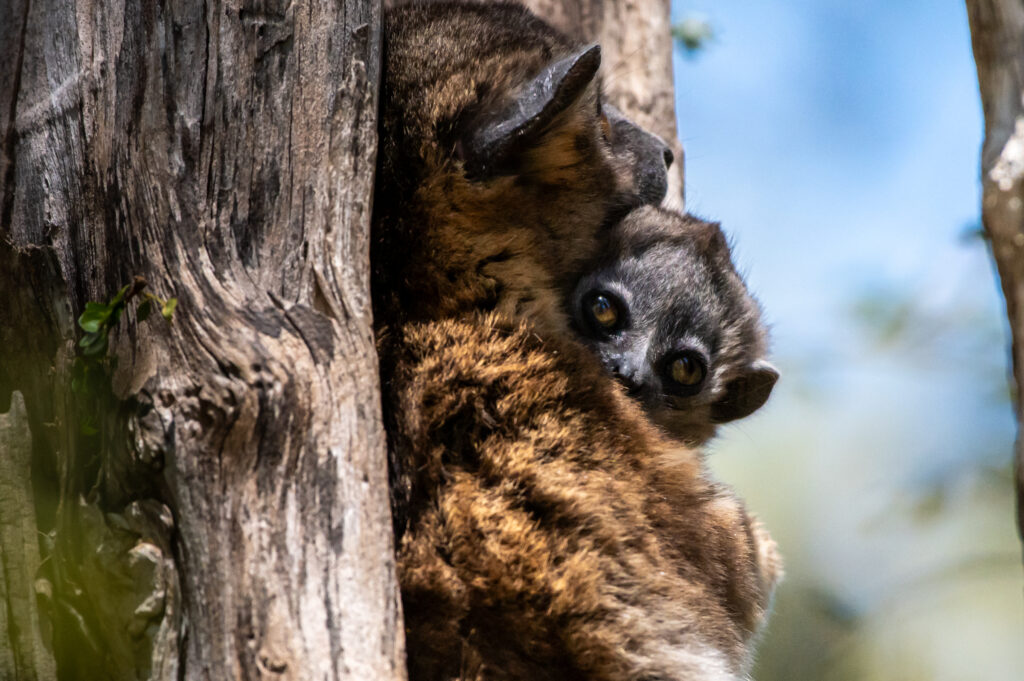
One night in 1589, the survivors of a shipwrecked Portuguese caravel camping on the beach, were woken by eerie, unearthly sounds. Someone was wailing in the dark, weeping at the top of their lungs. Looking around in the black night, they saw, to their horror, eyes glaring at. The Portuguese sailors believed that these were the ghosts of their drowned companions. Shaken to the core in their catholic belief, they named them after the restless sprites of ancient Rome, lemures. Or so goes the lore of how Madagascar’s iconic lemurs got their name.
There must be something supernatural about lemurs. For the local Malagasy people, who had been living on the island for about 2000 years before the Portuguese supposedly discovered it, also called them ghosts, gidro, and revered them as reincarnations of passed away family members. It was therefore a fahdy – a taboo – to hunt, let alone eat a lemur. According to other Malagasy legends, lemurs are our human ancestors who had become lost in the rainforest and turned into lemurs to survive. Despite their fox-like faces and monkey-like bodies, their demeanour is indeed humanesque.
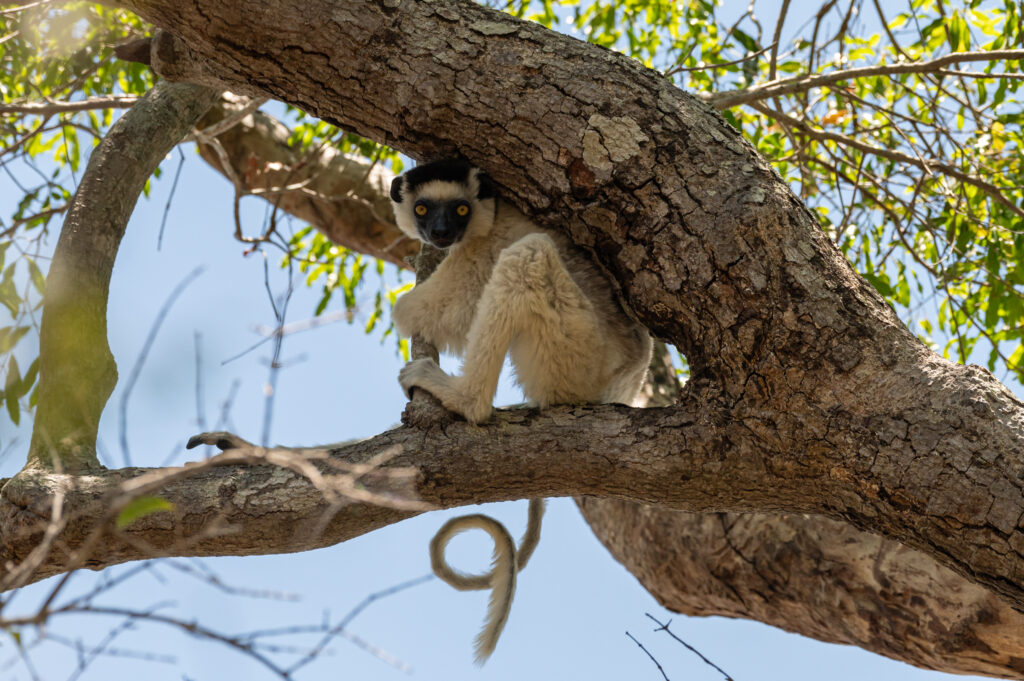
Like humans, lemurs have opposable thumbs. They cast meaningful glances like humans do, especially since they are only other primates in which blue eyes occur naturally; and, like humans, they smile as a sign of sympathy or submission. Other than that, they follow their own idiosyncratic habits. Most lemur species – there are more than a hundred – organize in matriarchal troops. When cold or frightened, or when in need of some TLC, ring-tailed lemurs cuddle up in one furry lemur ball, interlacing their long tails. Male ring-tailed lemurs settle their disputes in non-violent ‘stink-fights,’ in which they wave their tales to overwhelm each other with their scent. But things get stranger still. While the Indri lemur grows to 70cm in height, Madame Berthe’s mouse lemur reaches only 9cm, and is therefore the smallest primate in the world. The slightly bigger Northern giant mouse lemur has testicles that make up 5.5 per cent of its body mass – imagine a man with testicles the size of cantaloupes. Or, rather, don’t. The Aya-aye, a solitary, nocturnal lemur, has teeth that never stop growing and a third finger that is double the size of the rest of its ten fingers. The white-furred sifakas, excellent tree climbers, have lost their ability to move on the ground and once down from their lofty treehouses, they leap only sideways – a strange way of locomotion, but impressive nonetheless, given that lemurs jump the length of ten meters in one single bounce. Perhaps the most astonishing fact about lemurs, though, is that they are still around. Lemurs are critically endangered.
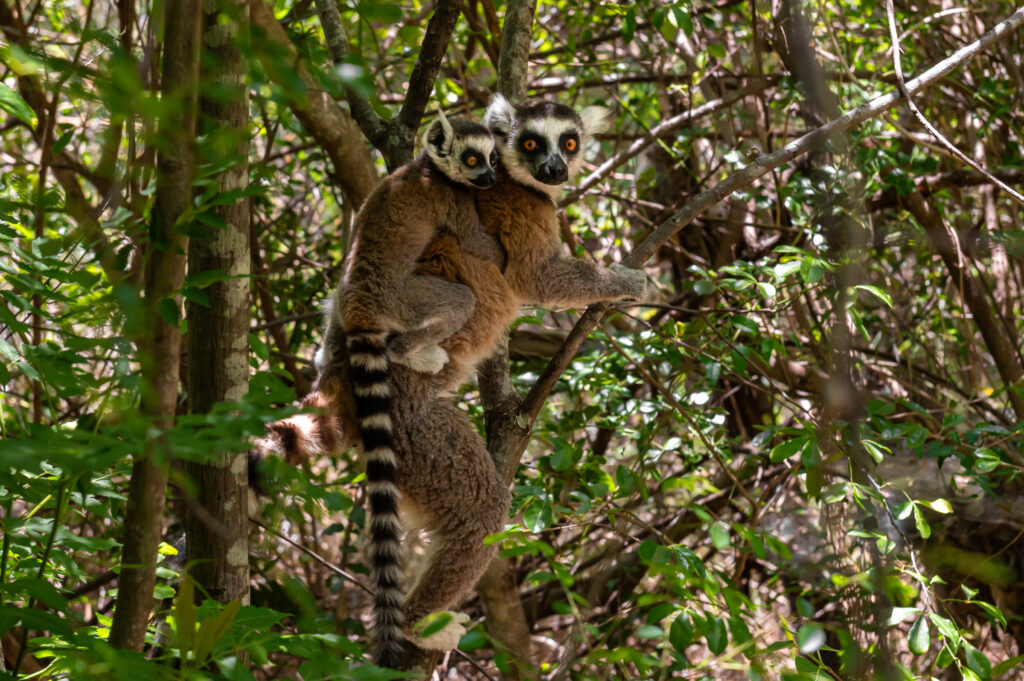
Lemur eccentricity is the result of having evolved in the isolation of a remote island for tens of millions of years. The island of Madagascar began breaking off the supercontinent Gondwanaland and drifting east 180 million years ago. The oldest lemur-fossils date from around 60 million years ago, but, strangely, were found on mainland Africa. How the lemurs crossed the Mozambique channel is still a mystery. But crossing the channel was what saved lemurs from their direct competitors with whom they and we humans share a common ancestor. Apes were much more adaptable than lemurs, but also much more aggressive. Madagascar became the lemurs’ safe haven and their paradise: an entire tropical island covered in forest. Rain forests. Dry forests. Spiny forests. Alongside other strange creatures like giant and tiny chameleons and giant and tiny birds and long necked beetles and transparent frogs (90% of all species are endemic to Madagascar and occur no where else in the world), lemurs not only thrived. As mammal pollinators they became quintessential to the island’s ecosystem. Then humans arrived. The Indri that haunted the Portuguese back in the 16th century knew why they were crying.
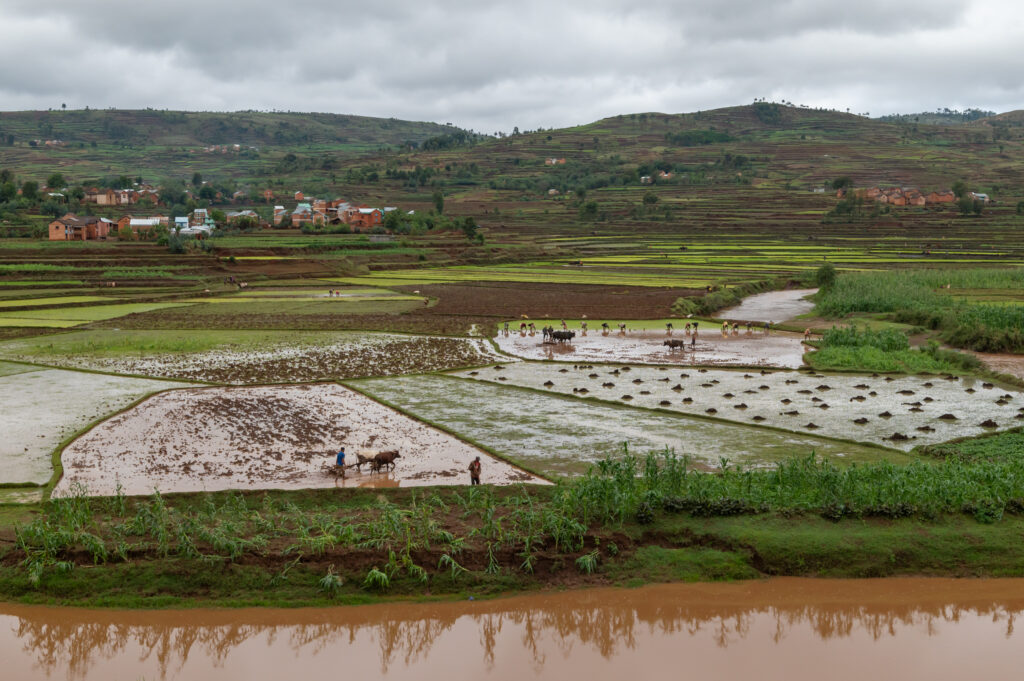
If Madagascar was a paradise for lemurs, it was so for humans as well. But it could not be a paradise for both. The fertile volcanic soils offered themselves for the cultivation of rice, and as grasslands for the large cattle herds. However, the traditional slash-and-burn-method led to imminent deforestation. By 1600, the arrival of the Portuguese, Madagascar’s central highland forests had to the biggest part already disappeared. French colonialization exacerbated deforestation, a process that hasn’t stopped since the independence of Madagascar in 1960, and, even though slash and burn became illegal in 1987, still goes on, undisturbed by changing governments, the bloody coup of 2009, and the political upheavals of the past years. Today 80% of Madagascar’s original forests are gone. And with them, the lemurs.
If Madagascar is not the poorest country in the world, then one of the poorest. The island’s population has doubled since the year 2000 to 30million people, of which 80% are currently living in extreme poverty (less than $2 USD per day). The pandemic brought tourism, the country’s main source of foreign currency, to a complete halt, and it still hasn’t fully picked up. On top, climate change and deforestation have made cyclones more frequent, more unpredictable, and more devastating. Many Malagasy, long suffering from poverty’s usual side effects – malnutrition, poor health, crime, corruption, prostitution, and lack of education – are now threatened by starvation, if not for a tiny rice field to feed a scrawny zebu cow. Where that doesn’t yield enough, the fahdy of not eating lemurs is ignored. If one can find a lemur.
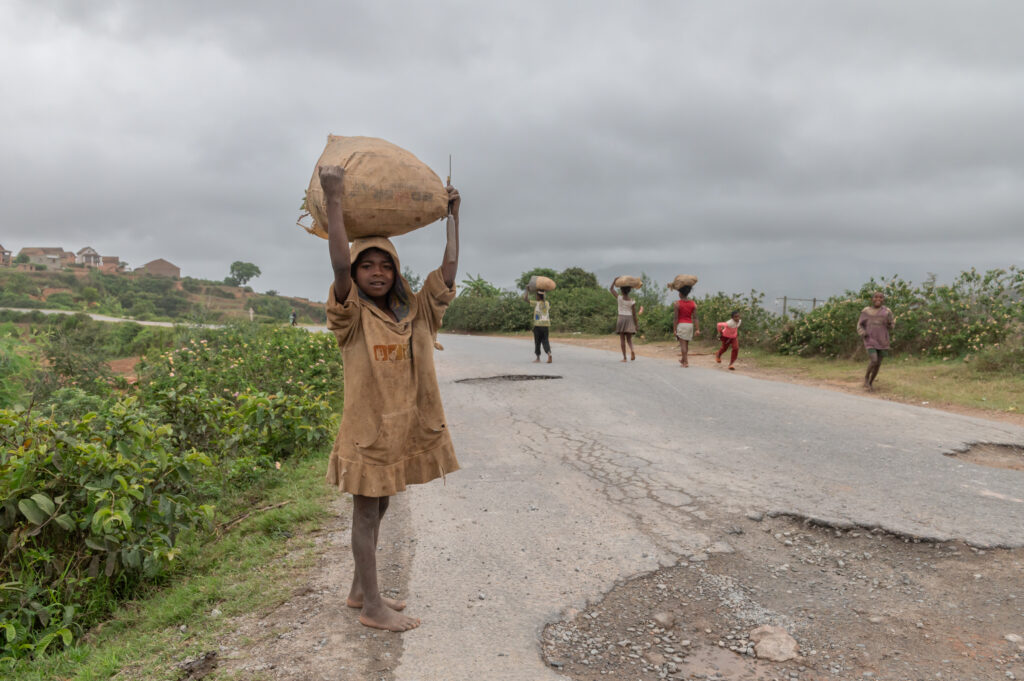
Millions of years ago, lemurs crossed the Mozambique channel to survive. Now they are one of Madagascar’s main tourist attractions – especially since the movie Madagascar turned them into pop icons of the natural world. Ecotourism could indeed be one way out of the misery, when done sustainably, and in combination with conservation and educational programs: Nature can provide for the locals, for every player in the ecosystem, as it did for millions of years. If lemurs can provide for the Malagasy they will be more important than zebus to the locals, and original forest more important than rice fields. And if lemurs can pollinate the trees again, they can re-create their own habitat, and make sure that children don’t starve, don’t work the rice fields, but go to school. That way, to some extent, they will provide for all us, by helping us in our joint effort to stop climate catastrophe.
Lemurs aren’t the ghosts of our ancestors, but they might have the super powers to save us. Indeed, they are supernatural.
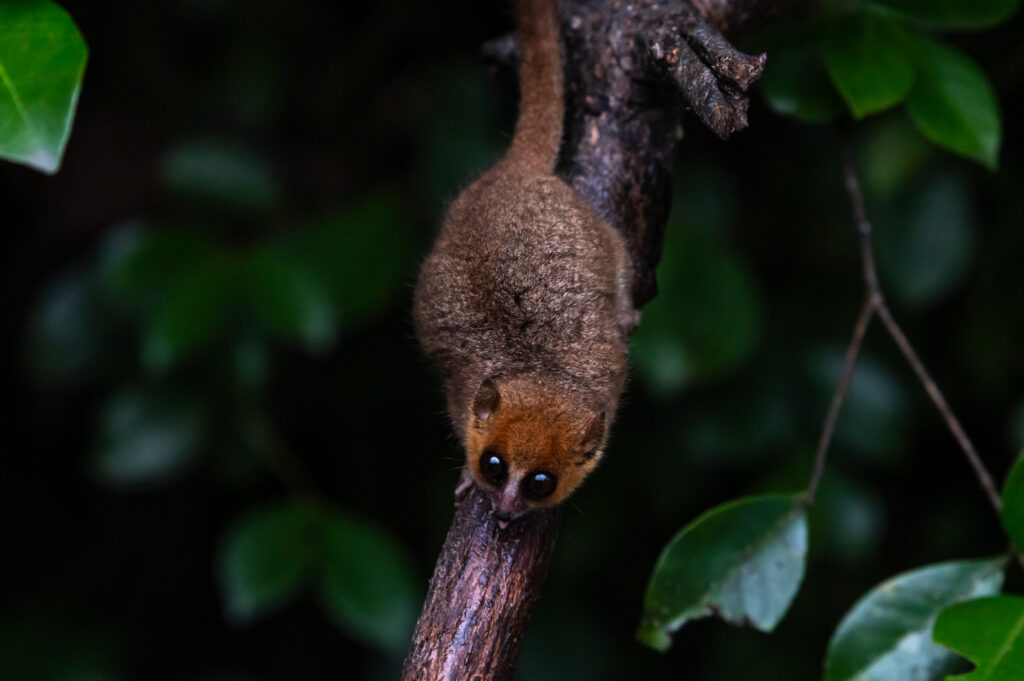
Until then your donation is welcome:
Or:
